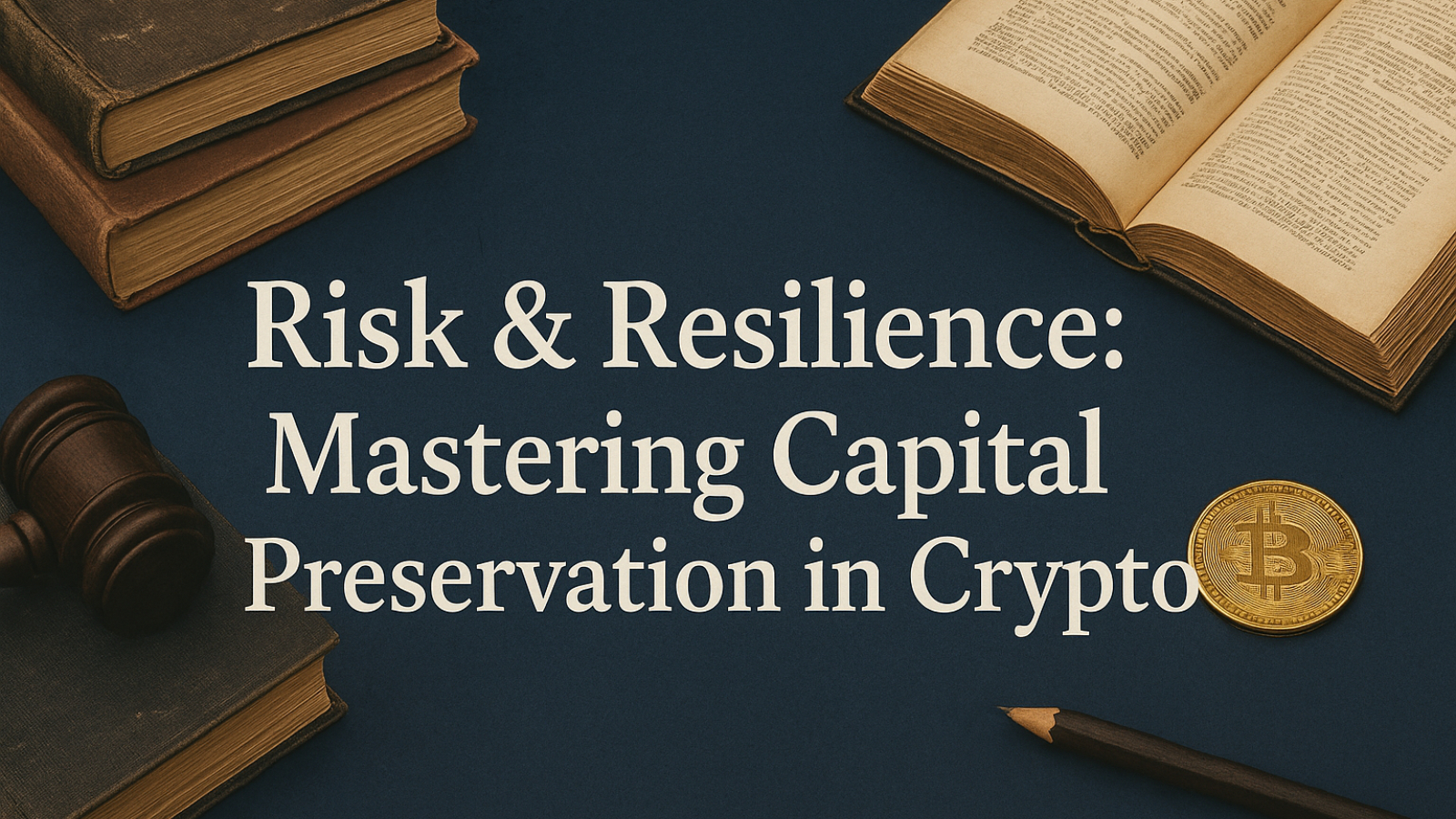Imagine the internet back in the early days. You had different computer networks that couldn't talk to each other. Your email from AOL couldn't be sent to someone on CompuServe. It was a messy, fragmented world. It took years to build the connections that created the seamless internet we all use today.
The blockchain world is a bit like that early internet. For all their revolutionary power, blockchains are like separate, digital islands. Bitcoin is its own island. Ethereum is another. Solana, Polkadot, Avalanche—they're all distinct ecosystems with their own rules, currencies, and communities. The big question is: How do you get a message or an asset from one island to another? How do you get a stablecoin on Ethereum to work on a decentralized exchange on Solana?
The answer lies in something called blockchain interoperability. In simple terms, this is the ability for different blockchains to communicate with each other and share information, assets, and value. Without it, the blockchain world remains fragmented, clunky, and limited. But with it, we can unlock a whole new level of innovation.
Why Do We Need to Connect the Dots?
You might be asking, "Why can't we just stick to one blockchain?" That's a great question! While some blockchains are versatile, no single one is perfect for everything. Bitcoin is amazing for security and storing value, but it's not designed for complex applications. Ethereum is a giant for smart contracts, but it can get slow and expensive. Solana is super fast, but its network is less decentralized.
To build the next generation of applications—like decentralized games, cross-chain financial services, or global supply chains—we need to combine the strengths of different blockchains. Here’s why interoperability is so important:
- Better User Experience: For you, the user, it means no more complicated, risky processes just to move your assets. Interoperability makes it easy and seamless to move value between chains.
- More Fluid Assets: It creates a world where your assets aren't trapped on one chain. You could use your Ethereum-based NFTs as collateral for a loan on a different, faster blockchain.
- Fueling Innovation: It allows developers to build applications that pull the best features from multiple chains, creating more powerful and efficient projects.
So, how exactly are developers building the bridges to connect these digital islands? Let’s take a look at some of the key solutions.
The Bridges That Connect Us All
1. Cross-Chain Bridge
These are the most common type of interoperability solution, and they work exactly how they sound—they build a bridge between two different blockchains. The most common type is a "lock and mint" bridge.
Here's how it works in a nutshell:
Let’s say you want to move some assets from Chain A to Chain B.
- You send your assets to a special smart contract on Chain A. The contract locks them up.
- Once locked, a "validator" or a group of computers on the bridge network confirms that your assets are locked.
- The bridge then mints a new, "wrapped" version of your asset on Chain B.
Your original asset is still safe on Chain A, and you can now use the new asset on Chain B. To get your original asset back, you just reverse the process—burn the wrapped token on Chain B to unlock the original one on Chain A.
TLDR: A cross-chain bridge is a dApp that transfers assets from one blockchain to another.
Think of it like a valet service. You give the valet your car keys (your crypto on Chain A) and they give you a ticket (the wrapped token on Chain B) that you can use elsewhere. When you're ready to get your car back, you just hand over the ticket.
2. Relay Chains (The Central Hub)
Instead of building a separate bridge for every single pair of blockchains, some projects use a "hub-and-spoke" model. This is where a central chain, called a Relay Chain, acts as the main hub that all other blockchains connect to.
A great example of this is Polkadot. In this model, individual blockchains called "parachains" connect to the central Relay Chain. The Relay Chain secures and validates all the transactions and ensures that the parachains can communicate with each other securely and trustlessly. It’s like a central train station where all the different trains (parachains) can arrive and depart, making it easy to transfer passengers (data and assets) from one line to another.
3. Layer-2 Solutions
While not strictly a solution to connect different Layer-1 blockchains, Layer-2s are a vital part of the interoperability puzzle. They are built on top of a main blockchain (like Ethereum) to handle transactions more efficiently. Many Layer-2s have their own bridging solutions built-in to make it easier for users to move assets back and forth from the main chain.
Think of Layer-2s as express lanes on a busy highway. They reduce the traffic on the main road and can be more flexible. For a fully connected crypto world, these express lanes will need to talk to each other too, making the entire network even more fluid.
The Future is Connected
Blockchain interoperability is more than just a technical challenge—it’s the key to making Web3 truly usable for everyone. By breaking down the barriers between different chains, we can create a single, unified digital economy where value flows freely, and innovation can thrive. The next time you hear someone talk about bridges or relay chains, you'll know they’re talking about building the connections that will one day make the blockchain world feel less like a collection of isolated islands and more like the interconnected global network it was always meant to be.
To start exploring this world with confidence, check out Walbi. It provides the essential tools and insights you need to navigate the crypto landscape, turning complex data into clear, actionable information for your investment journey.




